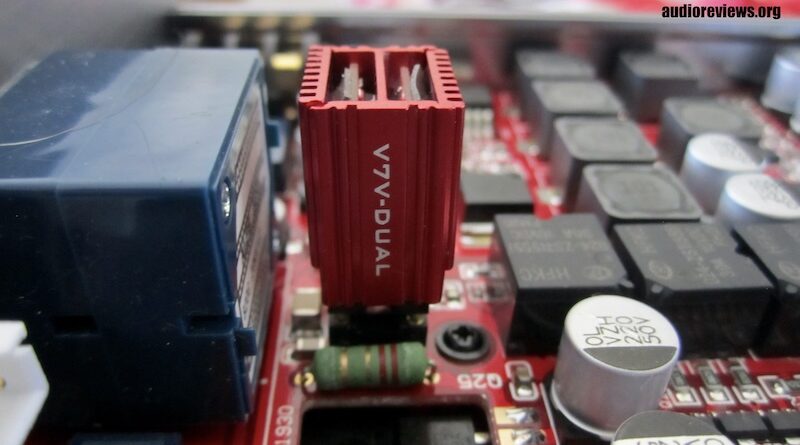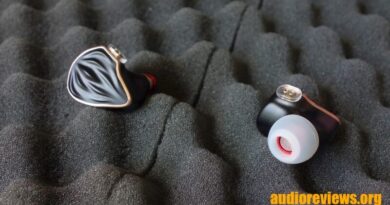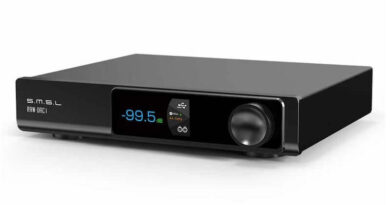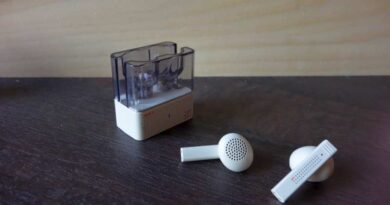Burson V7 Vivid Dual Opamp Review – Rocket From Oz
Executive Summary
The Burson V7 Vivid (dual) opamp improves the technicalities of the V6 version, mainly by “speeding up the amp” through a leaner, crisper, more spacious and transparent presentation, at the expense of organic realism…as tested with the Burson Funk amplifier.
In this Article
PROS
- Sonic improvement over V6 Vivid, mainly technically
- Shorter than V6 Vivid for better fit with third party amps
- Improved heatsink for lower running temperature
- Attractive design
- Price drop over the V6 Vivid
CONS
- Less organic sounding than the V6 Vivid
- Sharpness with some amps may be overwhelming for some
Two V7 Vivid opamps were provided by Burson – and I thank them for that. I sent one of them across the Rockies to Biodegraded in Vancouver for his input.
Introduction
Burson Audio from Australia have been delighting us with high-quality DACs and amps for over 20 years. They also produce opamps for their products, that also work with other brands. That does not come as a surprise as it had been their initial core business. The V7 opamps are their, as the name implies, seventh generation. Like the previous generations, they come in two flavours, “Vivid” and the mellower “Classic”.
I have analyzed their 6th generation V6 Classic as well as their V6 Vivid as part of the Burson Funk amplifier package. The 7th generation V7 Vivid is obviously an improvement over the V6 Vivid. But, is it?
What are Opamps?
Since you chose to read this review, you are obviously informed about these little plug-and-play rascals and can skip this chapter. For the ones that came across this rather coincidentally: operational amps (“opamps”) are one of the building blocks of analog electronics circuits, used for sound optimization and customization. Opamps fine tune the’s sonic signature and help tailor the sound to the listener’s preference – similar to tubes in tube amps.
Opamps are universally deployable across different amps independent of brand. They are easily plugged into/pulled out of an amp’s logic board. You find more tech info of opamps on Wikipedia.
Many audiophiles are addicted to “opamp” rolling, which is the counterpart of “tube rolling”. And yes, both can contribute to huge sonic differences.
Physicals and Installation
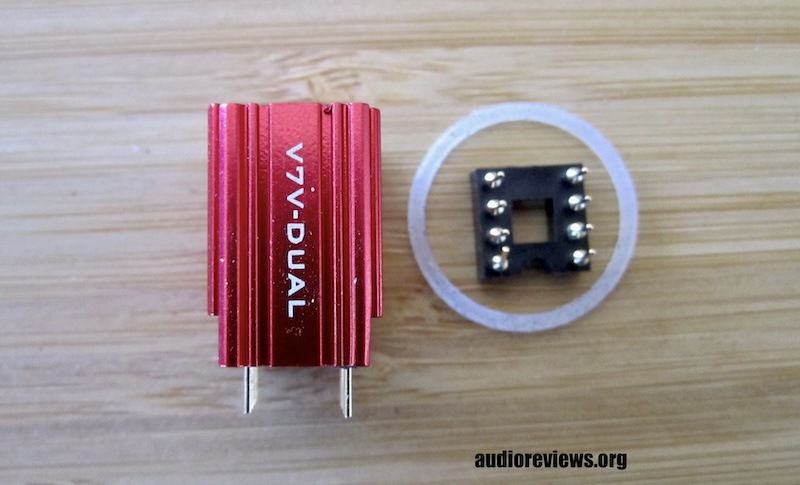
You install the opamps by opening the enclosure (Allen keys included), align them according to manual, and stick them into the dedicated slots on the logic board. The Burson Funk, for example, has 2 such slots, one for speakers, and the other for headphones.
And if you align the opamps incorrectly, Burson’s unique “reverse voltage protection” prevents them from getting damaged.
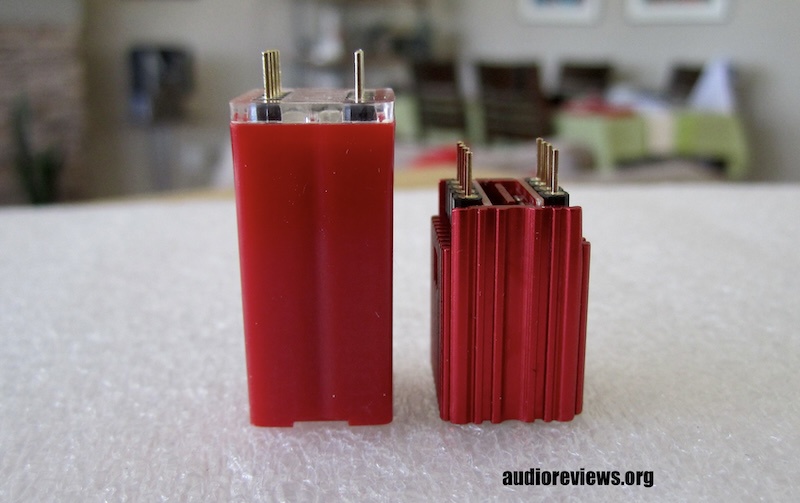
The Burson Funk holds two opamps, one for the headphone circuit and the other for the speaker circuit. You can use a different opamp in each signal path.
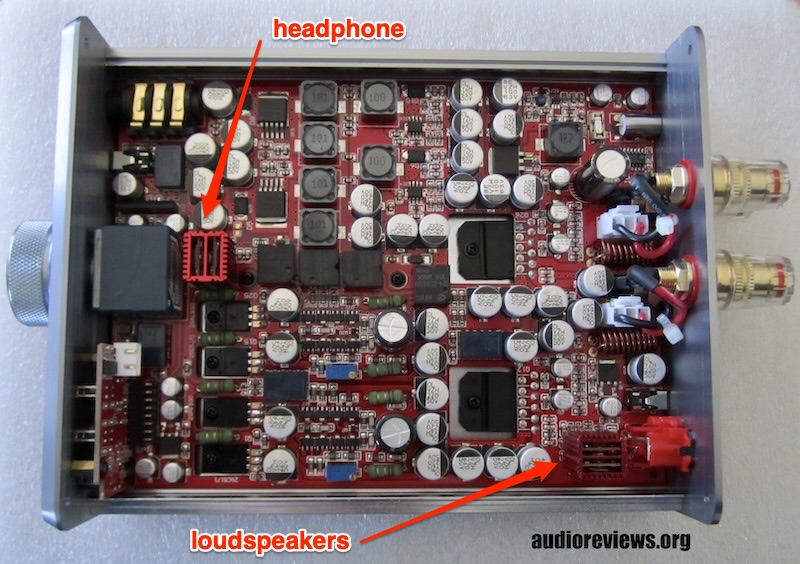
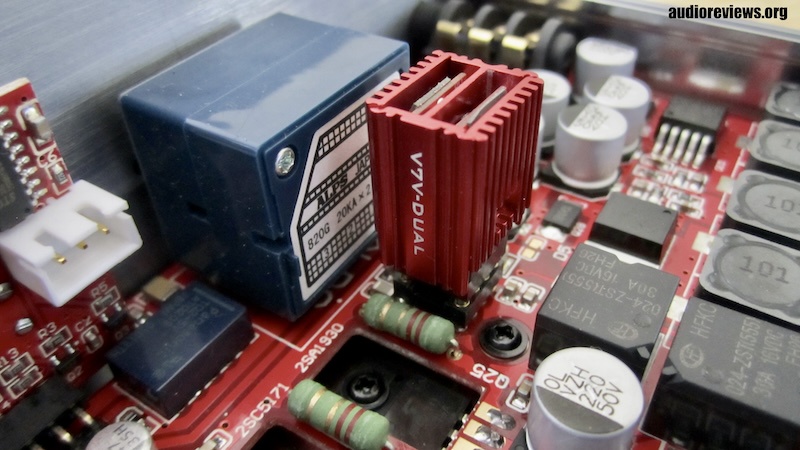
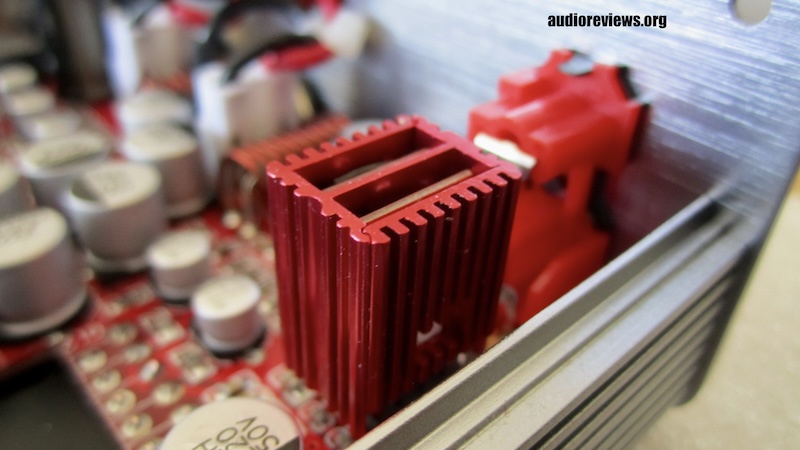
Sound with the Burson Funk
Since it is very difficult to assign/reduce the sound of a device to a single opamp, and since amplifiers sound different, I build my sonic characterization of the V7 Vivid on a comparison with the V6 Vivid, which I had analyzed in my exhaustive Burson Funk review. The V7/V6 Vivid, as their names imply, are more agile with more pizazz than their mellower V6 Classic sibling.
I tested the opamps with the Burson Funk connected to the SMSL DO200 MKII DAC with an iMac and iPhone SE (1st. gen.) as music sources. I listened with the Sennheiser HD620S and HD 600 headphones.
The V7’s biggest difference to the V6 is a leaner, faster presentation [note decay!] built on a crisper, drier, more composed bass. This yields a better separation between well defined, etched-out, leaner notes, which is particularly noticeable in an improved midrange resolution, openness, and clarity. Vocals receive an extra sheen. The V7’s treble is also better defined and crisper. Both low and high end are better extended. All this leads to a better 3D rendering and a better stage organization.
In comparison, the V6 Vivid has a thicker and less focused low end and lesser midrange resolution, but it plays more organic. The faster V7 Vivid offers a wider stage with more headroom, the V6 has the flatter and more congested stage.
And whilst the V7 Vivid opamps contribute to a better defined, clearer sound in the Burson Funk, my brain gets used to the differences very fast so that my level of enjoyment does not really change between the V7 and V6. However, the V7 continues with improvement where the Burson Supercharger started. Therefore if you have one, you may consider adding the other.
But the V7 Vivid’s technical progress comes with a caveat that compares to overpixelation in photography. The music may be reproduced overly “sharply” and overaccentuaten with some amplifiers and headphones. The V6 Vivid sounds a tad more natural to my ears.
V7 Vivid: the right Choice for You?
The answer lies in your amplifier. It has to “harmonize” with the V7 Vivid. You simply have to try it out.
Concluding Remarks
My analysis shows that V7 Vivid is definitely a substantial upgrade over the already very good V6 Vivid if you see it from a technical side. Whatever I listened to with the V7 Vivid in the Burson Funk, be it a Beethoven piano trio or a funky disco tune, it sounded better refined than with the gooier V6 Vivid [well, it is all relative].
From a soulful perspective, the “lazier” V6 Vivid offers a more organic reproduction to my ears.
As always in our audiophile lives, opamp choice is a personal preference, and I am only one opinion. I know that you probably have a drawer full of these opamps – if so, good on you. After all, “opamp rolling” is not different from “cable rolling” or “tube rolling”…great, as long as it is fun. And that’s what this hobby is all about.
In the end, it is up to you. Also check Biodegraded’s review of the V7 Vivid.
Until next time…keep on listening!

Disclaimer
The V7 Classic opamps were provided by Burson – and I thank them for that.
Get the Burson opamps HERE.
Our generic standard disclaimer.
You find an INDEX of our most relevant technical articles HERE.



